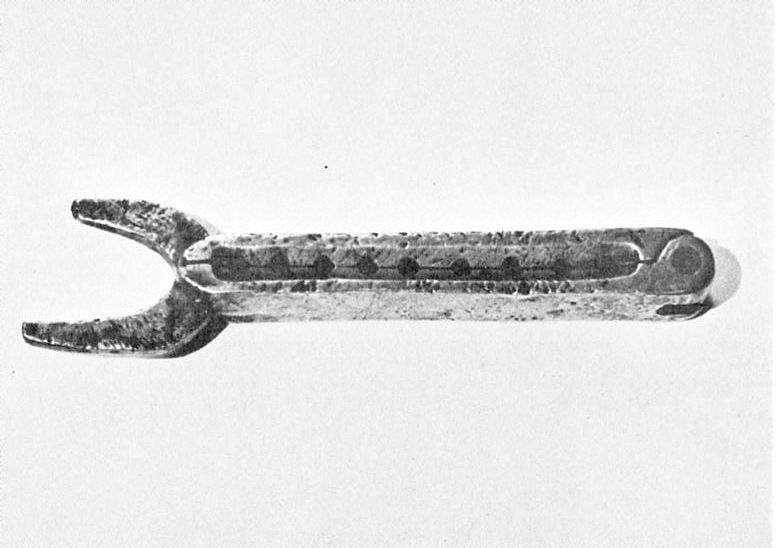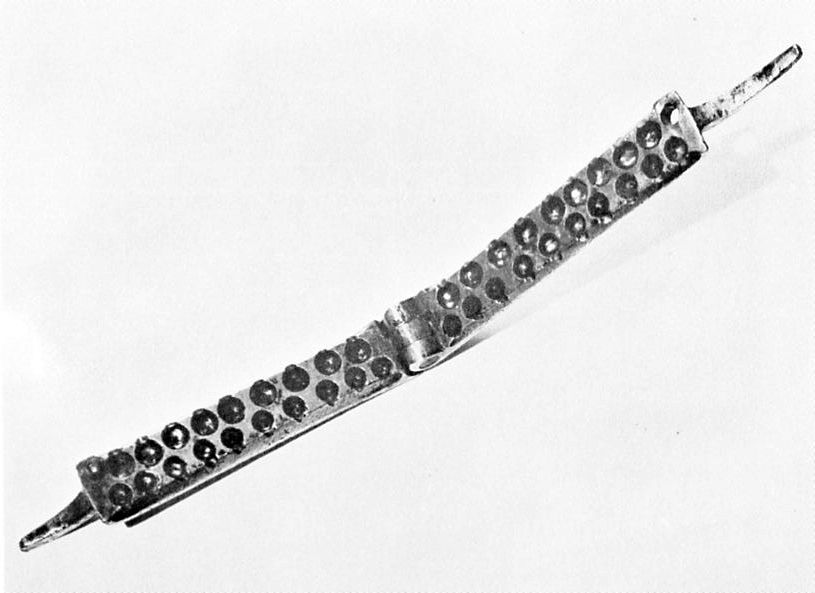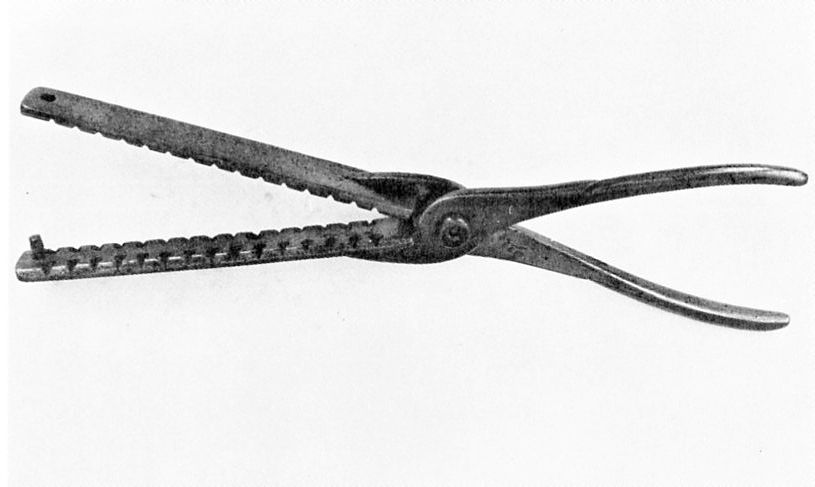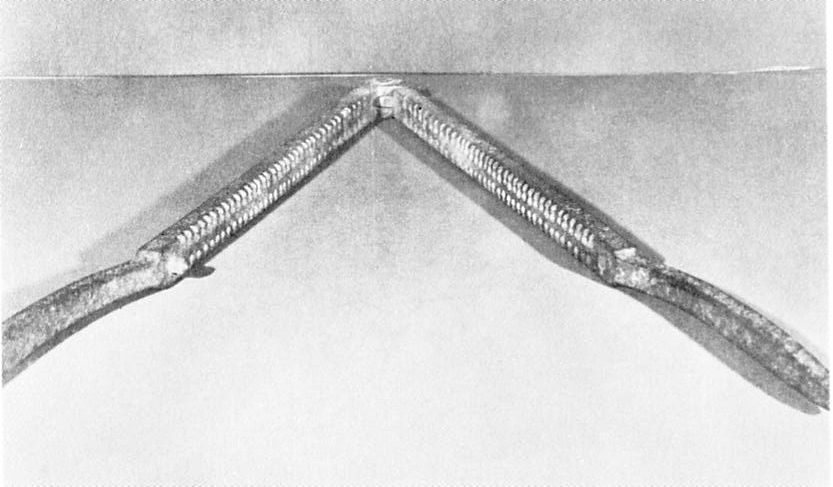Some pictures of early gang molds from the little booklet by Codman Parkerson in 1974,_A Brief Guide to Bullet Molds_.
A brass one circa 1775, it dropped two different size balls. Wooden handles would have been on the two prongs. View closed, then open.


The term 'swan shot' shows up very frenquently in the old literature, and also 'swan shot molds'. Here's an original one, English, circa 1750. It appears to drop 30 shot in two rows of 15.

This one is said to drop from dust shot to OO buck for the smoothbore shotgun. It's wrought iron, handmade, circa 1825.

And one with no picture, from Mark Baker's Sons of a Trackless Forest, a ledger entry showing that on June 23, 1768 James and Drinker delivered to Baynton, Wharton and Morgan the following items:
“10 Chests each containing 30 French guns with neat blue & Gilt Barrels & List cases is 300 Guns (at 32 shillings a piece)
4 Brass Bullet Moulds in Chest No. 3 to run 30 bullets at once in each (moulds at 55 shillings a piece)”
Notice that the molds cost almost twice as much as the guns.
Spence
A brass one circa 1775, it dropped two different size balls. Wooden handles would have been on the two prongs. View closed, then open.


The term 'swan shot' shows up very frenquently in the old literature, and also 'swan shot molds'. Here's an original one, English, circa 1750. It appears to drop 30 shot in two rows of 15.

This one is said to drop from dust shot to OO buck for the smoothbore shotgun. It's wrought iron, handmade, circa 1825.

And one with no picture, from Mark Baker's Sons of a Trackless Forest, a ledger entry showing that on June 23, 1768 James and Drinker delivered to Baynton, Wharton and Morgan the following items:
“10 Chests each containing 30 French guns with neat blue & Gilt Barrels & List cases is 300 Guns (at 32 shillings a piece)
4 Brass Bullet Moulds in Chest No. 3 to run 30 bullets at once in each (moulds at 55 shillings a piece)”
Notice that the molds cost almost twice as much as the guns.
Spence




